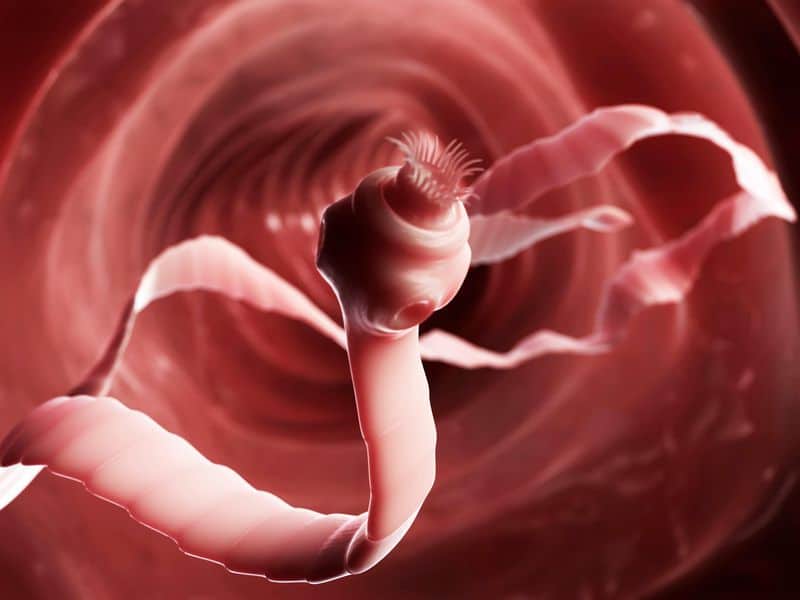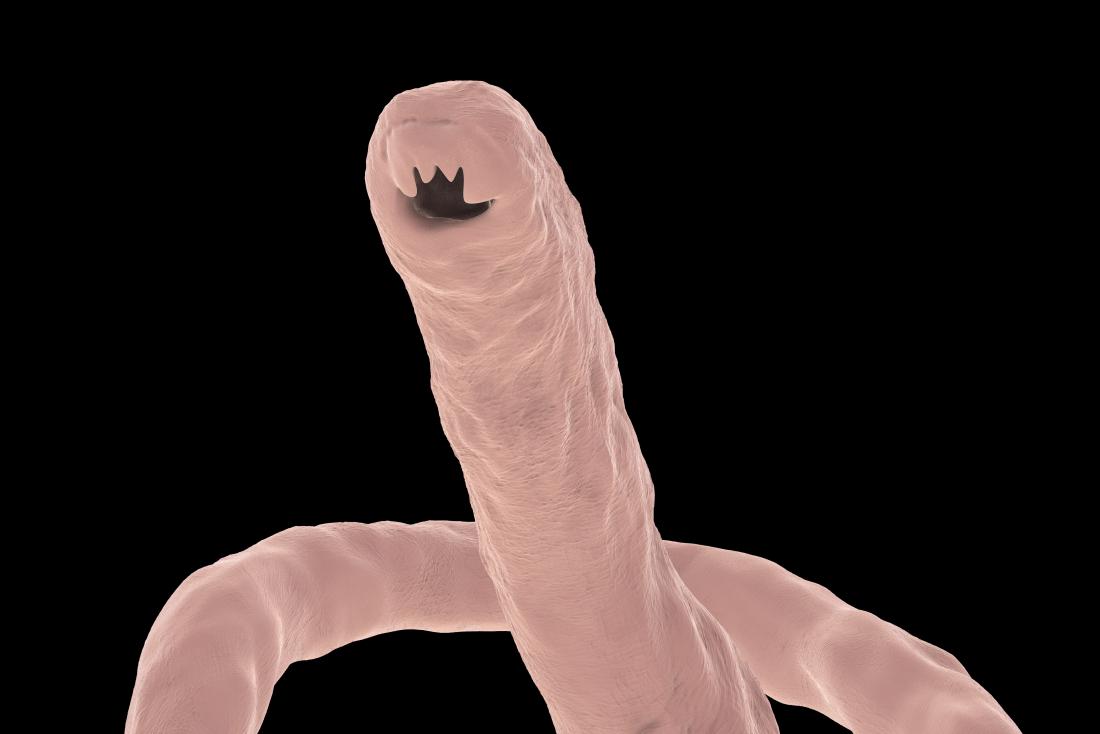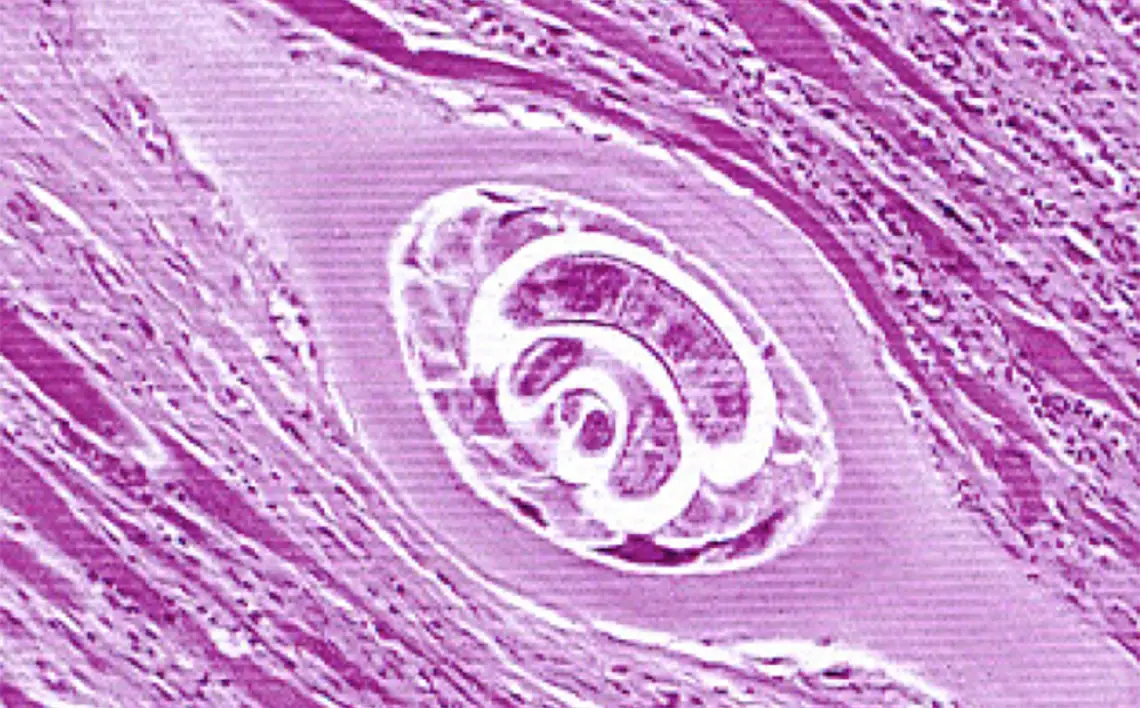It’s likely that you’ve heard some people calling other parasites. But have you ever wondered what parasite is? In simple terms, it’s an organism that lives in another organism famously known as the host for shelter, nutrition, and other benefits and often harms it.
A parasite depends on the host for survival without which it can neither live nor multiply. This means that it can rarely kill the host, but it may spread diseases some of which can be fatal.
Most of us think that only animals can be infected by parasites, but the truth is that they infect human beings. According to experts, 60% of the world’s population is living with at least one parasite, and there’s a 50% likelihood of you having one right now.
A lot of these parasites have no symptoms and you can live with them for years without having the slightest idea you’re infected. If you are still in shock, relax and keep scrolling as we give you a list of 10 asymptomatic parasites that could be infecting you right now.
1. Tapeworm
Tapeworm is a type of flatworm which you can get by drinking water which has been contaminated by tapeworm larvae or eggs.
They also get their way into the human host from meat that is either raw or under cooked. If a tapeworm larva is consumed, it grows into a full-blown adult that embed its head into the intestinal wall and could remain there.
It looks like a long white ribbon and grows up to 50 ft long. According to experts, tapeworms can live in the human gut for approximately 30 years meaning that a person can grow old with them.
The eggs of tapeworms grow into a cyst on organs which can be dangerous. The symptoms of tapeworm are rare, and it will happily live in you for years without being noticed.
2. Liver Flukes
Liver flukes are flat-looking parasites that infect the liver and bile ducts. They breed in freshwater snails and get to humans through consumption of contaminated water or freshwater fish sharing the same environment with these snails.
They make their homes in your blood, intestines or tissues and cause few symptoms, meaning that you can be infected without having any idea. According to medical experts, mature flukes cause chronic inflammation that eventually leads to gallstones.
3. Hookworms
Ancylostoma duodenale and Necator americanus are the two kinds of hookworm that infect the human host. They are transmitted through feces and contaminated soil. Basically, the easiest way to make contact with these parasites is walking barefoot on soil that has been infested with hookworm larvae.
They pierce through the skin and leave itchy rashes as they travel along the bloodstream to the lungs where they cause irritation until the infected individual cough them up into their mouth. Hookworms love living in the small intestine where they attach to the intestinal wall with a ‘hook’.
Hookworms have been very common in some communities due to the fact that they are transferred from one individual to another through poop. If infested feces are not managed quickly or is spread in the soil, it has a high probability of infecting others.
Fortunately, due to great sanitation practices, hookworm infection has greatly reduced but be warned, it has not disappeared completely.
4. Pinworms
Pinworms, also known as threadworms are tiny harmless worms that are very common in children.
When they mature fully, they live in both rectum and colon and the female will lay eggs around the anus. Basically, the laid eggs survive on clothing, bedding, and other materials and when humans touch them, they end up putting them in their mouths and become infected.
They are easily passed among children, caregivers or in institutions. Pinworms have few symptoms, but irritation is the most common.
5. Ascariasis
Ascariasis attacks the small intestines and spreads through human-to-human contact, undercooked meat or feces.
Generally, children are at a higher risk of ascariasis infection due to their tendency to put dirty hands in their mouth and also, they are the most likely to show symptoms such as bloated stomach and pain. Medical experts suggest that ascariasis lives in the human stomach until they are ready to get out through feces.
6. Echinococcus granulosus
Do you love dogs? If yes, don’t be surprised to know that your best companionship can give you parasites that slowly grow inside you for years without symptoms.
Basically, Echinococcus granulosus infects dogs but there are high chances for them to get into humans who love petting dogs or being exposed to canine feces and create cyst-like in the lungs or liver.
7. Trichinosis
Trichinosis is a roundworm infestation that’s passed among animals. The easiest way humans get this parasite is through consumption of under cooked meat mostly the pig or boar meat containing the larvae.
With time, the larvae mature in your intestines and produce more larvae that might travel outside the intestines into other tissues as well as muscle. You may never know you are infected with trichinosis but in extreme cases, it causes diarrhea and intestinal pain.
8. Dientamoeba fragilis
Dientamoeba fragilis is a single-celled parasite that’s hard to understand. This is because medical professionals and scientists have no idea how it’s transmitted or how it produces symptoms in human hosts. It can affect you for years without having an idea about it and according to the little known about them, they are asymptomatic and may cause abdominal pain and diarrhea.
9. Microsporidia
Originally believed to be protists, the genome of Microsporidia resembled fungi and hence classified as single-celled parasitic fungi.
They can affect different kinds of creatures and surprisingly, human beings are among them. The fungi exist asymptomatically and harmlessly and often live in fish.
10. Toxoplasma gondi
Toxoplasma gondi is one of the most famous parasites probably because it may alter someone’s brain and due to the fact that it’s found in 1/3 of the world’s population.
This parasite is found in the gut of a cat and how it gets there is quite fascinating. It infects mice and rats after exposure to cat feces and travels to their brains to alter their natural fear of predators.
Naturally, the rodents run away when they spot predators but once infected, they search for cats and get eaten and that’s how the parasite ends up in the gut of a cat.
Toxoplasma gondi also infects humans with symptoms very prominent in pregnant women. Besides, it has been found to alter the human host’s brain chemistry leading to schizophrenia and suicide.
Bottom line
Parasites infect and enter host organism to derive nutrition as well as other benefits. They cause parasitic attack which harms the host and leads to other health problems such as skin rash, diarrhea, asthma, fatigue, tissue damage, nervousness, and anemia among others.
The good news is that parasitic infection can successfully be treated using antiparasitic medication that kills parasites and helps you to pass them through your system.
The medication you receive depends on the type of parasite and if you want it to be effective, don’t stop taking them in the middle of the course and you’ll respond well within a few weeks.



















